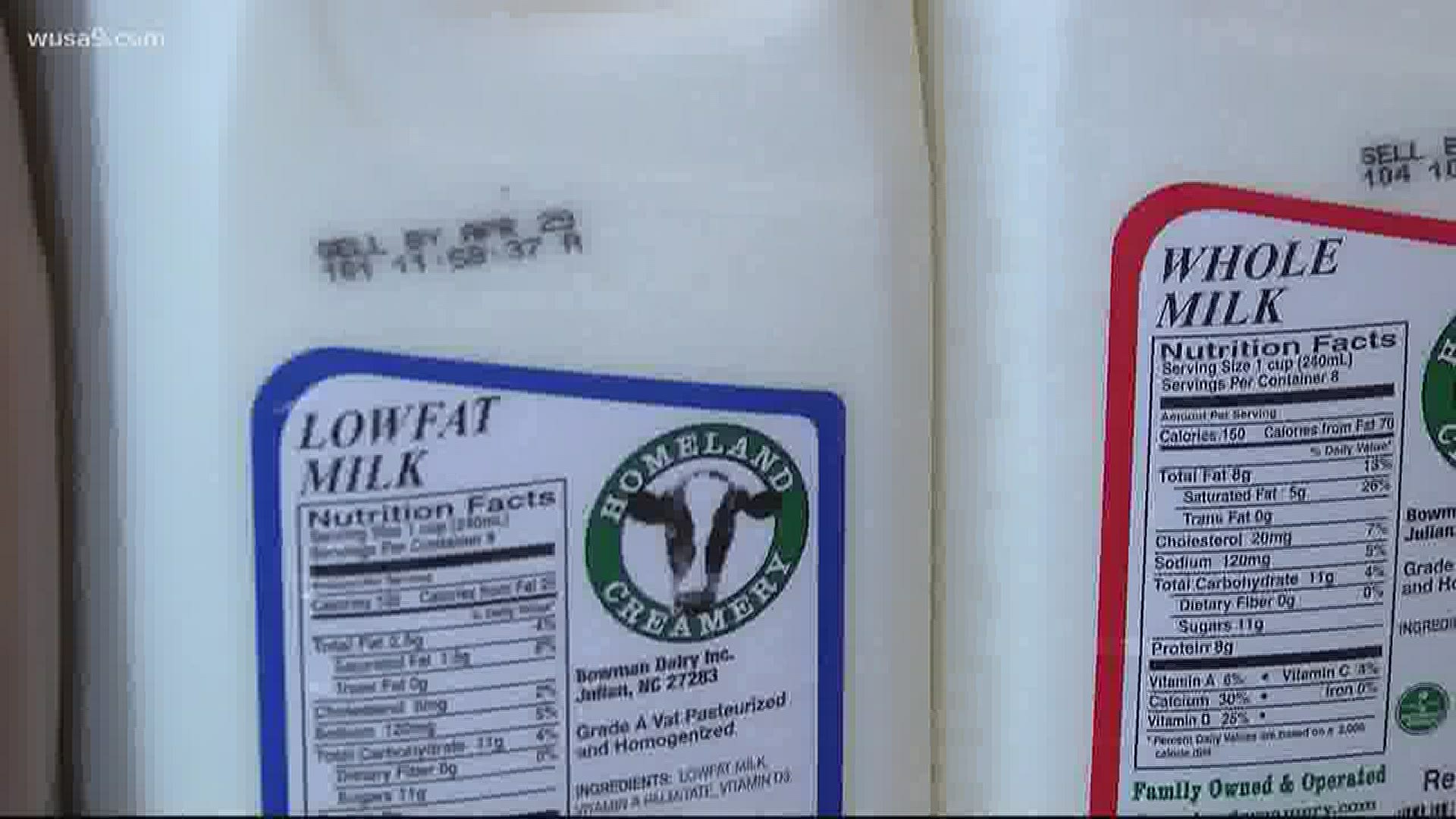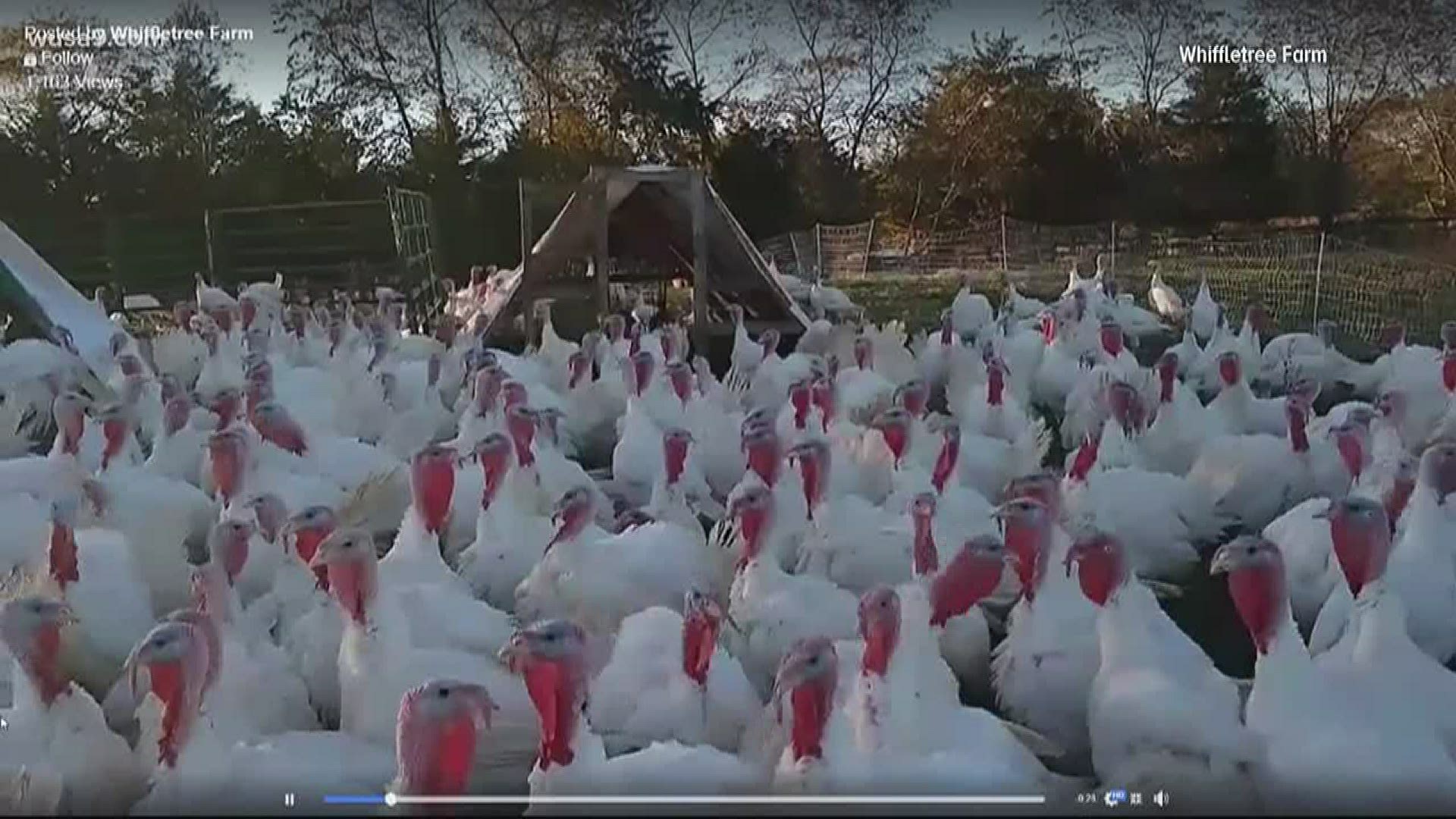WASHINGTON — By now, you’ve likely seen the viral videos of milk being dumped and long lines of people looking for food. The concern on many peoples’ minds is that’s a lot of waste.
Why not just give it away to food banks or others in need? Turns out it’s not that simple.
"The problem with that is milk has to be processed first," Dale Johnson said. "You've got to pasteurize, and you've got to package it."
Johnson is a farm management specialist with the University of Maryland Extension, and that checklist he mentioned highlights the biggest struggle facing farmers and distributors right now -- a shift in demand and production.
With schools closed, restaurants shuttered, and almost everyone being home, it changes the type of milk and other products consumers want.
"Now the demand is gallon jugs, or half-gallon cartons, or larger containers, which take a completely different processing line," Johnson explained.
As a result, this impacts suppliers that were used to only doing things as one part of a larger chain.
"Processing facilities are set up either to supply wholesale for restaurants, or supply retail for grocery stores," Sarah Potts said. "It's a huge bottle neck… they can't just switch on a dime from producing wholesale to retail."
Potts serves as the Dairy and Beef Extension Specialist at the Western Maryland Research and Education Center.
As she explained, the product has nowhere to go. Also, dairy spoils fast, so farmers have no choice but to toss it away.
Ultimately, farmers and the dairy industry are having to adjust to this temporary reality, waiting with everyone else on a shift back to normal.
Experts, like Johnson and Potts, point out that they don't think things will get much worse. Processing plants will adjust to changes in demand and distribution and things will improve a bit.
However, farmers are still going to have a difficult time for a while.
RELATED: Where has all the toilet paper gone?


